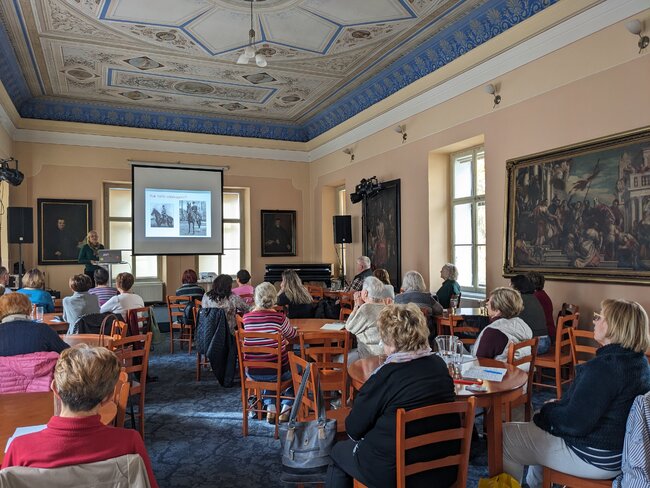Tel.: +420 491 504 111
E-mail: podatelna@broumov-mesto.cz
Web: www.broumov.net
The town of Broumov has been the administrative, economic and cultural centre of the Broumov Basin for more than seven hundred years. Its biggest tourist attraction is the Benedictine monastery complex.
History of the town
The origins of Broumov are linked to the oldest male religious order in Bohemia - the Břevnov Benedictines. In 1213, King Přemysl Otakar I awarded them the area comprising what is now Broumov and Police, with a small settlement of Benedictine hermits and a wooden church dedicated to the Virgin Mary in a place called Police, and forty years later they began the colonise the area. While the Police part of the emerging monastery dominion was settled by subjects from the Bohemian hinterland, the Broumov region was colonised by the massive German settlers, which also populated neighbouring Silesia and Kladsko in the 13th century.
It was probably in 1255 or so that Broumov was founded on the promontory above the right bank of the Stěnava River as an administrative centre and the only place in the estate dedicated to trade and craftsmanship. In 1266, Abbot Martin made a deal with the bailiff Wicher, perhaps the main figure behind the colonisation of Broumov, and paid 200 talents of silver for the hereditary rights to the Broumov fiefdom, with two houses in the marketplace, a farmyard on the outskirts and all the land belonging to it.
Of all the craftsmen of Broumov, it was the weavers that came to prominence soon after the little town was founded. In 1275, King Přemysl Otakar II granted them the privilege to produce and sell cloth, and the amount they made soon outgrew the limited demand of the local market.
After Otakar’s death on the Moravian Field, Prince Henry IV took possession of Broumov together with Kladsko for the duration of his life. Vratislavský. After 1290, the estate was returned to the Benedictines, but defending land ownership on the Silesian borders still proved a difficult task.
However, Broumov was never awarded the status of a free royal town and the people of Broumov had to wait until the first half of the 15th century for the their town privileges to be extended, when in 1419 the abbot granted the town the right of free inheritance for a yearly fee and sold it two houses for the establishment of a town hall and a municipal house. In 1449, the town privileges were extended to include high justice.
During the Hussite wars Broumov became a stronghold of the Catholics. In May 1420, the Hussites burned down the Břevnov monastery and most of the monks, led by Abbot Nicholas, fled to Broumov. Until the end of the 1420s, the people of Broumov invested all they had in strengthening the town walls and building parklands on the west side of the town. The losses caused by the war had a major impact on the life of the town.
In 1459, Abbot Jan Gebauer recognised the newly elected Czech King George of Poděbrady and received him in the monastery.
During the 16th century, the weavers of Broumov made the town on of Bohemia’s leading centres for the production and export cloth. Broumov managed to maintain its excellent standing among exporters of cheap but high-quality goods until the Thirty Years' War. The prosperity of the town’s craft and trade was reflected, especially after the Great Fire of 1549, in the Renaissance construction of the town and in the increasing cultural needs of small-town society.
The dispute over the Broumov Protestant church eventually became one of the factors that triggered the famous defenestration of Prague’s regents on 23 May 1618. A year later, the Estates' directors banished Abbot Selendr from the country, confiscated the monastery estate and sold it to the Broumov townspeople for 54,000 kopas. After the Battle of White Mountain and the restoration of the Emperor's power in Broumov, the administration and ownership of the dominion was returned to the Břevnov Benedictines. While the Broumov region had been recatholicised without any major conflicts before the end of the Thirty Years' War, disputes between the townspeople and the monastery authorities over the extension of economic and self-governing freedoms persisted even after the conclusion of the agreement, or Transaction, of 1666, and also led to the outbreak of the serf rebellion in 1680.
The Baroque period and the height of monastic power
The damage caused to the monastery estate during the Thirty Years' War was repaired under abbots Tomáš Sartorius (1663-1700) and Othmar Zinke (1700-1738), when - by increasing labour duties and serf salaries, through its own ambitious business activities and having cloth made by several hundred home weavers - the order became very prosperous, enabling to spend a lot of money on constructing monastery buildings and churches and buying works of art from the leading artists of the Prague Baroque.
Before the mid-19th century, textile production in the Broumov region began to decline - both in terms of the home weaving industry and the market for the cloth made by the town's weavers. In 1856 Josef Schroll, one of the most famous entrepreneurs and cloth merchants, built the first mechanical weaving mill in Olivětín, thus starting the industrialisation of the region.
During the late 19th century, Broumov broke out of its original mediaeval fetters and, especially after the opening of the Choceň - Broumov railway line in 1875, saw a rapid boom. Factory buildings and apartment houses as well as public buildings such as hospitals and schools were constructed on the adjacent land of the neighbouring villages; a municipal water supply and sewerage system were built, and the streets were paved and lit.
Wartime
During World War I, life in Broumov was affected by the town’s men leaving for the battlefields of Eastern and Southern Europe, the stagnation of industry and the existential problems of the socially disadvantaged classes. The pro-Austrian and all-German representatives of the town and all the villages in the Broumov region firmly rejected the proclamation of the Czechoslovak state on 28 October 1918. Resistance against the Czechoslovak Republic did not cease even after Broumov was occupied by the Czech army and power was seized by the Prague government.
After several years of economic boom and the resulting political stability, the Broumov region, as well as other areas with a high concentration of textile production, was hit particularly hard by the Great Depression after 1929.
In 1938, before Broumov was occupied by the Wehrmacht, members of the Czech minority, Jews and some anti-fascists - social democrats and communists - fled the town. However, its annexation to the German Reich was welcomed by a large majority of the population in the town and villages.
On 9 May 1945, Broumov was occupied by the Soviet army and the political administration was gradually taken over by the emerging Czech authorities. In an organised operation, more than 22,000 German nationals were expelled from Broumov to the western and eastern occupation zones of Germany in 22 transports during 1946.
The economic life of the town and the region continued to centre around textile production after the Second World War, concentrated in the national enterprise Veba in the late 1940s.
After the abolition of the Broumov district in 1960, the Broumov region became part of the district of Náchod. Thanks to geographical location and the peculiarities of its historical and cultural development, it has lost none of its character and distinctive appeal. Even after almost 750 years, Broumov remains the economic and cultural centre of the Broumov Promontory.
Cultural heritage
Historical core
The oldest part of the town is the bulk of its historical core on the rocky promontory, revealing its mid-13th-century colonial origin with its characteristic regular network of streets and large square - marketplace. Around the perimeter of the old town we find the remnants of the town walls and parklands - a part of defensive wall by the shooting range, a castle tower that once protected the gate, and staircase down to the outer parts (the Dungeon), while on the western side of the town we see a tower built into the building that now houses the parish office.
Townhouses
The present appearance of the townhouses on their mediaeval plots, mostly with Gothic vaulted cellars, dates back to the 16th, 18th and 19th centuries. The only thing remaining after the reconstructions of the largest Renaissance house, No. 105, is the bossage doorway from 1595. The halls of houses No. 154 and 155 below the square, built in the 1670s, have star vaults.
Old Town Hall
The Old Town Hall - in the mid-13th century, the reeve’s house, since 1419 one of the oldest town halls in the country’s liege town. Restored after fires in 1452 and 1565, completely rebuilt in 1838, the last structural alterations were completed in 1994.
The Benedictine Monastery of St. Wenceslas was founded in the mid-14th century on the site of an older castle and rebuilt after fires in 1559, 1664 and 1684. Its present appearance dates back to High Baroque renovation work carried out from 1728-1733, following plans by K. I. Dientzenhofer. He also designed the interior decorations – in the prelature, refectory and library, the work of some the outstanding artists of the Prague Baroque - stucco master B. Spinetti, fresco artists J. K. Kovář and J. Hager, and painters J. P. Molitor and F. A. Scheffler. The monastery also houses the Museum of the Broumov Region.
The oldest written record of the monastery Church of St. Adalbert dates back to 1357, which probably saw the completion of work to build the Gothic double nave with a polygonal chancel and two towers - a large clock tower in the axis of the western wing and a smaller bell tower on the northern side of the chancel. After a fire in 1684, the church was rebuilt in Baroque style by Martin Allio in 1685-1688. The lavish decoration inside the church is the work of stucco artists T. and A. Soldati, fresco artist J. J. Steinfels, and sculptors M. V. Jäckel and K. J. Hiernle. The altarpieces in the six side chapels were painted by V. V. Reiner.
Parish Church of SS Peter and Paul
The first record of the parish church of SS Peter and Paul dates back to 1258; it was built of stone in the 14th century; the Baroque reconstruction of the church was started in 1679, the rough construction was completed in 1680, and the tower extension bears the date 1682. The interior was restored after a fire in 1757. The defensive wall opposite the main entrance is set with tombstones from the 16th and 17th centuries, moved there when the cemetery was abolished.
The Church of St. Wenceslas by the lower gate was designed by K. I. Dientzenhofer and built after 1729; the ceiling fresco was painted by F. A. Scheffler. After the church was closed at the end of the 18th century, it was restored by Abbot J. N. Rotter in 1885.
Hospital Church of the Holy Spirit
The Hospital Church of the Holy Spirit on the outskirts, together with the neighbouring hospital, was mentioned as early as the 14th century, restored after 1450 and rebuilt in stone in 1689.
The cemetery Church of St. Mary was founded in the 13th century and rebuilt after it was burnt down by the Hussites in 1459. The gallery around the perimeter of the church was renovated by Abbot Tomáš Sartorius at the end of the 17th century. The gallery contains Renaissance and Empire tombstones and plaques bearing chronicle records.
Texts by: Miroslav Otte

.jpg)
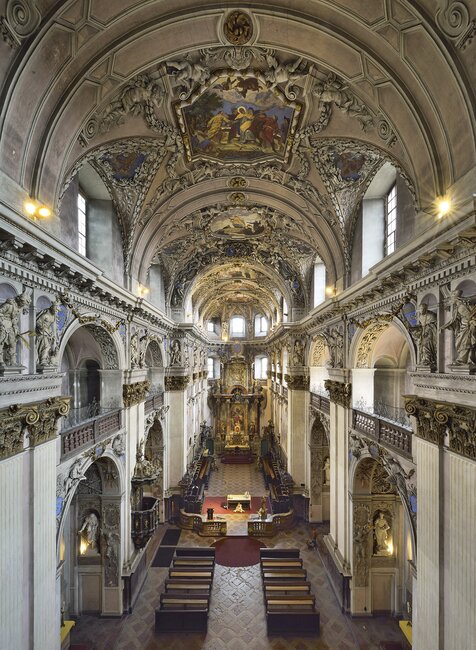
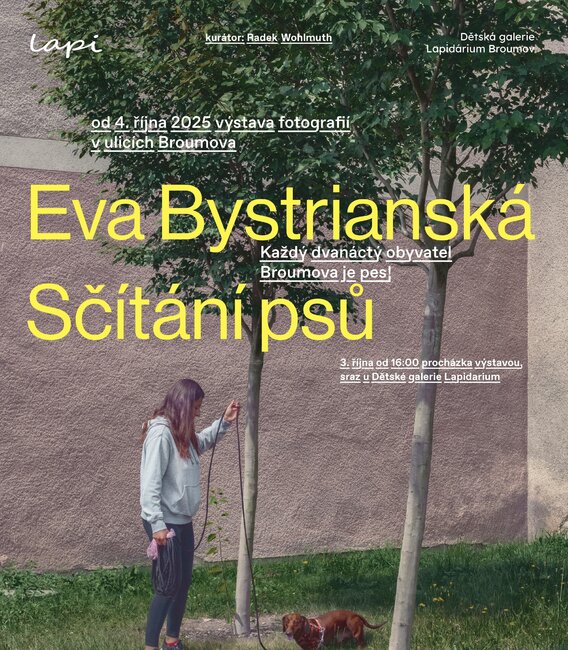
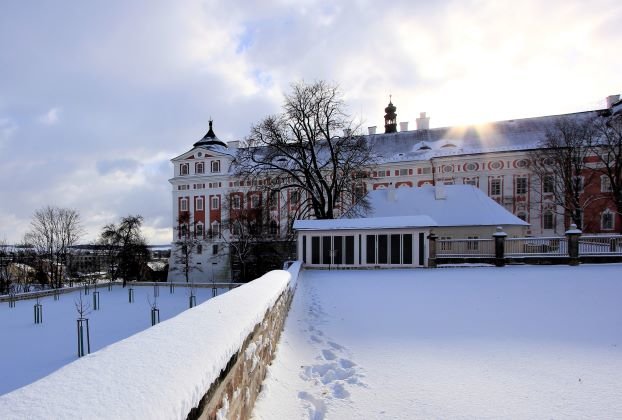

.jpg)



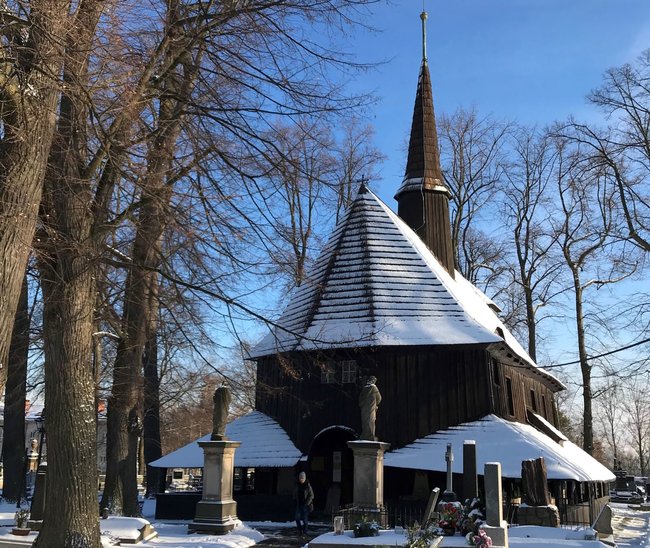
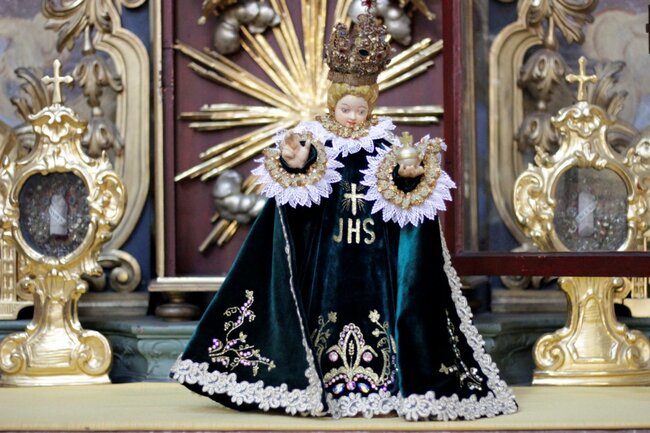
.jpg)
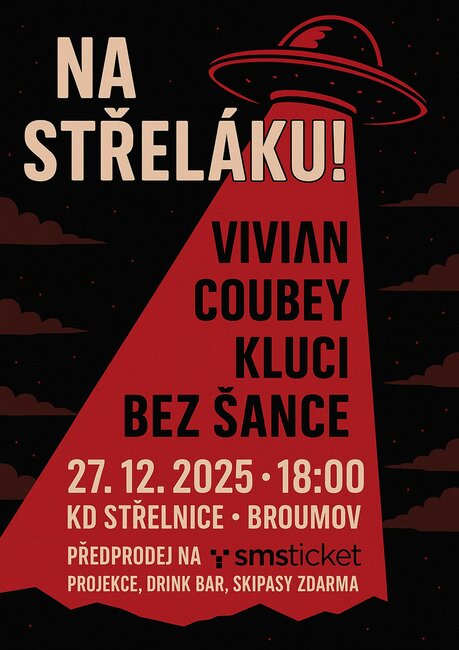
.jpg)
.jpg)
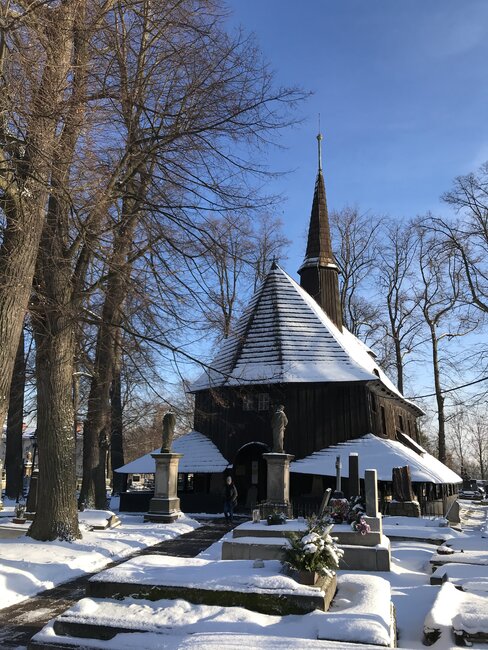
.jpg)
.jpg)
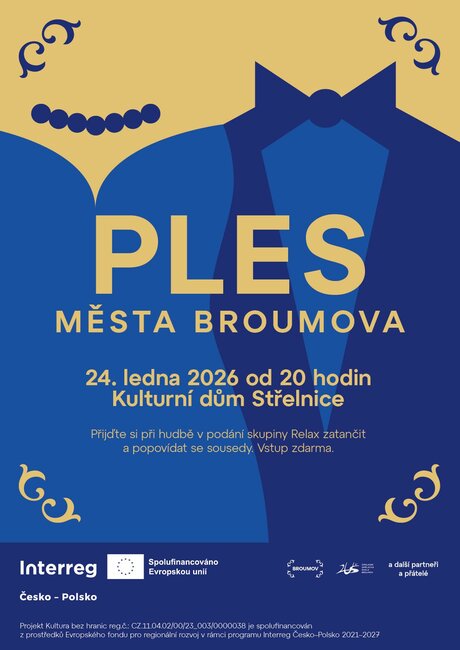
.jpg)
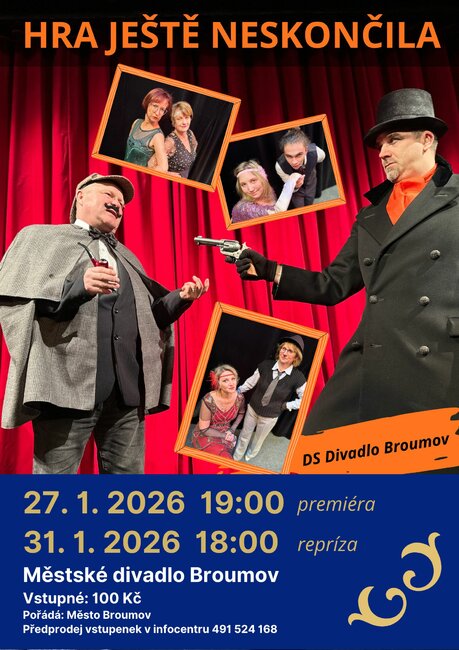
.jpg)
.jpg)
.jpg)
